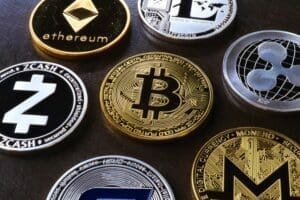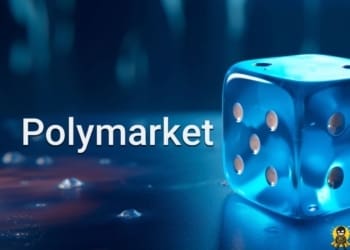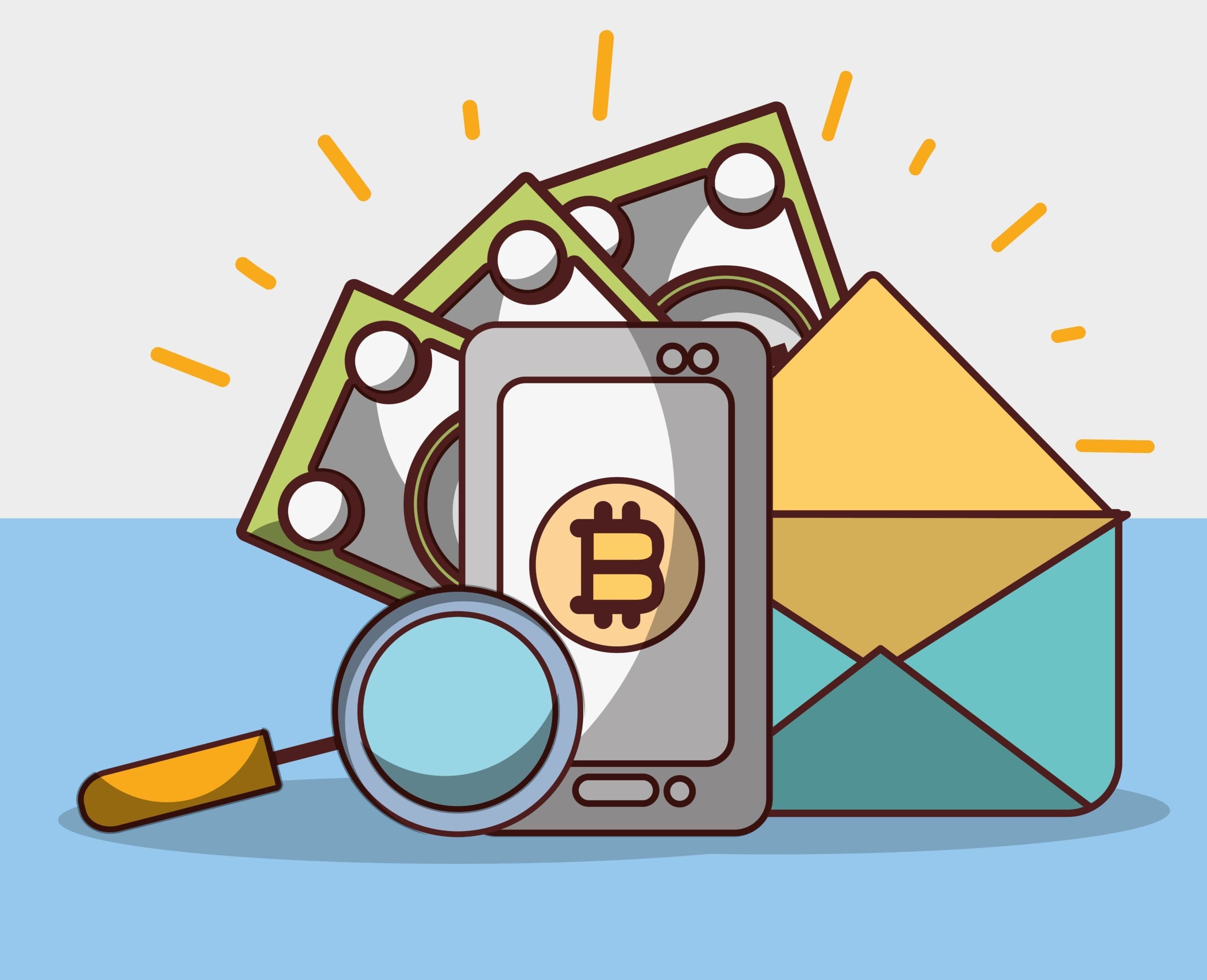Have we ever thought that the Dollars or Euros we are spending out of our wallets every day don’t have any value of their own?
These paper currencies we are using are valueless but still, we are able to purchase goods and services by using them. And we believe that merchants and others will accept these paper notes in exchange for their commodities too.
Defining Fiat Currency
The paper money of today is not pegged [or backed] to valuables like gold or silver or any other tangible items; these are just printed papers. And still, we trust these notes as valuables.
But why do we trust so?
Well, the trust comes from our faith in the authorizing body; a Central Bank backed by a Government.
A fiat currency is a legal tender issued by a Central Bank by a Government decree [fiat], and it is used as a medium of exchange for services and commodities.
The Government ties a value to the note and thus we know how much it is worth or to what extent it has the purchasing power. Regulation, supply management, and safeguarding against counterfeits, all are taken care of by the Government.
A Brief History Of Fiat Currency
The first state-issued paper money dates back to the 11th century in China but it had selective use cases only. A firmer fiat currency system was established in the 13th century by the great Mongol Emperor Kublai Khan.
“All these pieces of paper are issued with as much solemnity and authority as if they were of pure gold and silver, and indeed everybody takes them readily, for wheresoever a person may go throughout the Great Kaan’s dominions he shall find these pieces of paper current, and shall be able to transact all sales and purchases of goods by means of them as well as if they were coins of pure gold”. – The famous traveller Marco Polo stated about the exercise of paper currency of the 13th century Yuan Dynasty of China, in the book The Travels of Marco Polo.
Paper currency usage in the West started in the early 18th century.
Before that, some European nations tried it but with failed results. France and the American colonies issued bills of credits that could be used to make payments.
After 1870, a new monetary system was adopted that is termed as the gold standard.

Gold Standard, Commodity, And Representative Money
The ancient civilizations used barter trades where commodities were exchanged for each other.
Gradually, the commodities they mostly used turned into the money of those times and those were anything like agricultural products, shells, gold, silver, etc.
Slowly, gold and silver were turned into coins, and this metal coinage continued until the Gold and Silver Standard paper currency regimes.
The period from 1870-1939 is termed as the rise and fall of the Gold Standard Regime.
The paper money was pegged to gold and silver. This was also called the representative money.
Other metals such as copper were easier to mine and were abundant, so the cheaper metals lost their status as money. The unit of money was fixed on a quantity of gold or silver.
In 1870, only 15% of the world’s countries accepted the gold standard, and by 1913, 70% of the countries adopted this method.
One main reason for the mass adoption of the gold standard was the need for a fixed exchange rate internationally. British colonies were almost everywhere, so there was an increased need for fixed international exchange rates for trading.
End Of The Gold Standard
The gold standard’s end was triggered by the First World War when there was an increased need for money, but the supply of gold was insufficient for the pegging.
For gold standard fiat currency to be issued, a finite value of gold was necessary.
That was the time when governments started issuing money through decree and taking off the gold and silver peg.
The gold pegging globally came to an end through the official signing off by U.S. President Nixon in 1972.
Comparison Of Fiat Currency To Gold Standard
The gold standard had been a cause of scarcity of money for the economies. The money supply was in proportion to the amount of gold a nation had; issued money couldn’t exceed the amount of gold within a nation.
Thus an economy has lesser flexibility and options during an economic crisis. Besides gold prices being unstable, the flexibility issue had been a major setback for the gold standard currency.
In the fiat system, money can’t be converted to anything else. The strength of a nation’s money lies in the strength of its government and economy.
An adverse economic situation can be overcome through quantitative easing [QE] of money supply. The government buys bonds and securities and thus increases the supply of money.
Fractional reserve banking, which requires other banks to reserve a proportion of the peoples’ deposited money in the central bank, also increases the supply of money.
The government thus has more control over the economy.
Pros of a fiat currency system
- Fiat money is cost-efficient; less expenditure is needed for printing it.
- It is accepted internationally for trades.
- It has provisions for greater flexibility during adverse economic situations,
- Scarcity never becomes a drawback as more money can be printed and issued.
- Storage, monitoring, and protection is easier unlike gold or other valuables.
Cons of a fiat currency system
- Printing or creation of excess currency poses serious threats of hyperinflation to the economy
- More currency supply makes money less valuable than commodities and thus results in the collapse of economies as has happened with so many nations of the world where the unit value of currency became very tiny.

The Rise Of Cryptocurrency [Crypto]
In 2009, an unknown person or entity with the pseudonym Satoshi Nakamoto came up with the revolutionary concept of a totally different type of digital, cryptographically encrypted, decentralised, and convenient form of currency called Bitcoin.
And over the following years, several other cryptocurrencies have been created over the same principle of Nakamoto’s engineering.
This cryptocurrency, the Bitcoin, is created with the aim of giving people back the authority that the central banks and governments have over people’s money.
“The root problem with conventional currency is all the trust that’s required to make it work. The central bank must be trusted not to debase the currency, but the history of fiat currencies is full of breaches of that trust. Banks must be trusted to hold our money and transfer it electronically, but they lend it out in waves of credit bubbles with barely a fraction in reserve. We have to trust them with our privacy, trust them not to let identity thieves drain our accounts”. – Satoshi Nakamoto said in his Feb 11, 2009, Bitcoin open-source implementation of P2P currency.
Distinguishing between fiat currency and Crypto
- Fiat currency is tangible whereas crypto is digitally encrypted and virtual.
- Fiat is controlled by the government whereas crypto is decentralised.
- Fiat is issued by the central bank but crypto is not linked or regulated by such authorities [although many nations are trying to harness it nowadays].
- Intermediaries are required to make fiat transactions, but no intermediaries are required to transact crypto.
- Fiat currency needs bank vaults for storage but crypto exists virtually in their blockchains and is accessible through crypto-wallets.
- Fiat is exchanged physically or electronically, but crypto transactions are only digital.
- Fiat currency exists in the form of coins, notes, and bills but crypto exists as public and private codes.
- Fiat requires high security to be safeguarded, but crypto can be safeguarded through software and some steps of due diligence.
- Fiat currency can be counterfeited whereas crypto has no such provisions.
Many nations are yet to embrace crypto, and many others have allowed provision for crypto to be an alternative payment system.
As the world has seen the evolution of money and technology overages, it is wiser to keep an open mind for more evolution that are ongoing and are about to come in the future.
Many central banks are now issuing CBDCs [ Central Bank Digital Currency] in resemblance to crypto, but it’s still a digital copy of their fiat currencies.
We have known the past of the monetary system, we are witnessing the present, shouldn’t be we ready to welcome the future?
Also read: How to earn passive income with cryptocurrency exchanges?












Discussion about this post